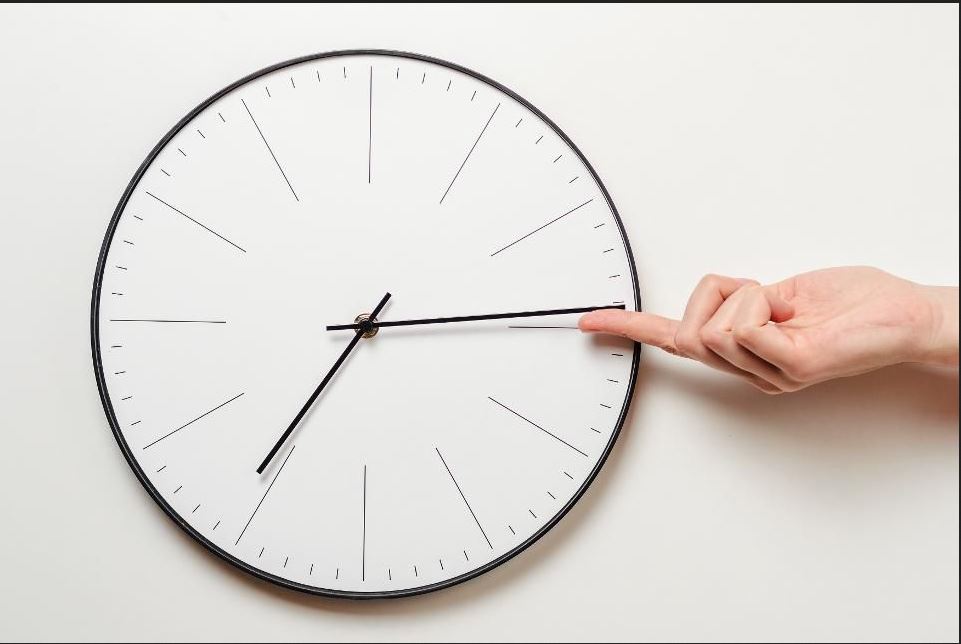Why are there 24 hours in a day?
There a lot of things in our world that we take for granted. Time is one of them. When we’re young we think we have all the time in the world and as we grow older, we start to measure time differently. The 24 hours in a day grow to be more and more important and crucial to us. Nevertheless, although our perception of time changes as we grow older, the 24 hours in a day and the way we measure time stay the same. And since I don’t want to get too deep about the notion of time and what it means for our lives and history, I’m going to pose a simple question, but with a quite fascinating story.

Why are there 24 hours in a day?
There are 24 hours in a day because we’ve got 12 finger joints on a hand if we count them using our thumb. Another answer would be: because the ancient Egyptians decided so. The real answer is: it’s a lot more complicated, but fascinating as well.
All throughout history, we’ve used a couple of number systems. The one we’ve kinda’ settled with is the decimal number system. The reason why is quite simple: we’ve got 10 fingers. Nevertheless, the Egyptians and Babylonians didn’t settle only for the 10 fingers and in their struggle to explain the world and put an order into their days, they’ve decided to use the duodecimal and sexagesimal numeral systems. That is basically 12 and 60. The reason why? Yes, because of the 12 finger joints. However, the story is a little more complex than that.
The Egyptians decided there should be 24 hours in a day.
Yes, they did and the whole world complied. At first, they used the decimal system and said that a day should have 10 hours. They used a shadow clock to measure the hours but soon realized there should also be two more hours, one for sunrise and one for sunset. Later on, they’ve devised a T-shaped bar that could divide the time between sunrise and sunset into 12 parts. This was easy during the day. But how about at night when you can’t use a shadow watch because there is no sun to create a shadow?
All you’ve got at night are the moon and the stars. They’ve observed the stars long enough to recognize 36 constellations that would rise consecutively on the horizon as the earth rotated. They called them “decans” because they would rise before sunrise every 10 days. So, 36 decans means 360 days a year. Here’s one of the mysteries. Now, how about the 12 hours in a night? Well, there were only 12 constellations that would rise in the sky during the night, hence the 12 hours in a night.
Now, you might argue that the night does not equal the day all year round, that is right, but let us mention that, at that time, the hours were not the same, they did not have the exact fixed-length they have today. Quite puzzling, right?
That is what the Greek astronomers were left to struggle with. The most famous ancient astronomer, Hipparchus came up with the ide of “Equinoctial hours” and then proposed a standard 24 hours in a day, stating that the hours should have the exact length. Nevertheless, normal people would still guide themselves by the sun and the seasons in keeping the time and the hours would still vary. Much later, in the 14th century, with the arrival of mechanical clocks, did we really start to count the time the way we do it today. Quite a fascinating story, isn’t it?
Apart from hours and minutes and everything, there is also something we should learn from this story about time. Do not wait for it to pass! Make it pass your own way!
